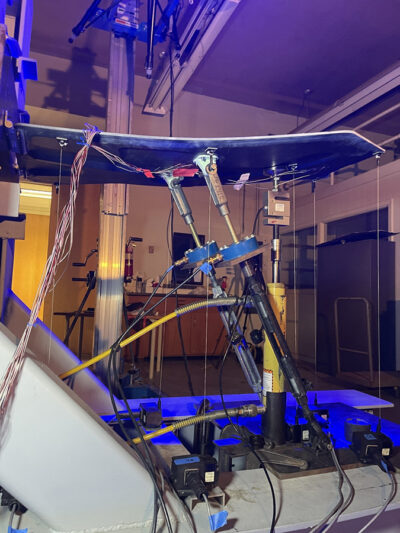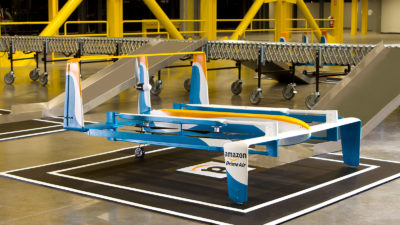Rocket manufacturers continue to bet big on reusability
By Zachary Friedman and Amrutur Anilkumar|December 2023
The Reusable Launch Vehicles Technical Committee promotes the development and implementation of operationally responsive and economically viable commercial, military and civil reusable launch vehicles and systems for space access and global reach.
This was perhaps the most significant year for reusable rocket development, with reusability records, all-time highs in investment and novel technology development. It was also a challenging year for launch providers, including the shutdown of small-satellite launcher Virgin Orbit in May and August layoffs at California-based launch firm Astra.
With the commercial launch market becoming consolidated, U.S. national security space is providing a lifeline for companies. In February, the U.S. Space Force released a solicitation for Phase 3 of the National Security Space Launch program for approximately 70 launches between 2027 and 2032. Plans call for contracts to be organized into multiple procurement “lanes,” including one lane allowing for an unlimited number of firms to compete for up to 30 launches of up to 6,800 kilograms to low-Earth orbit. In addition to selecting multiple heavy-lift providers, the Space Force plans to award contracts to a variety of medium-lift providers, which opened the competition to a greater variety of companies than in the past.
SpaceX continued to lead the charge on reusability, including in November when the company set a new record with the 18th launch and recovery of a Falcon 9 booster. SpaceX has also been heavily focused on the development of its Starship rockets. NASA has contracted SpaceX to build a Starship to ferry astronauts to the lunar surface under the Artemis program. In November, SpaceX conducted the second development flight with a fully stacked Starship-Super Heavy. As planned, the stages separated over the Gulf of Mexico. Shortly after, Super Heavy exploded at an altitude of 90 kilometers, while Starship proceeded on for some minutes, reaching an altitude of 148 kilometers before it was lost. The flight built on the April attempt, in which the rocket reached an altitude of 39 kilometers.
Rocket Lab, a leading provider of small-lift rockets, continued to make reusability progress for both of its launch vehicles. In August, the California-based company flew the first reused engine on an Electron rocket. Rocket Lab also tapped into the defense hypersonic market with the first launch of its Hypersonic Accelerator Suborbital Test Electronic, or HASTE, vehicle in June, a hypersonic testbed comprised of a modified Electron booster. Like competitors, Rocket Lab’s priority investment is toward developing a larger, fully reusable vehicle. This medium-lift design, named Neutron, is to debut in 2024. To date, Rocket Lab has received $24 million in contracts from Space Force’s Space Systems Command for Neutron and must now fly one by October 2026 to be eligible to compete for the first year of Phase 3 contracts.
In March, Relativity Space, a rocket manufacturer based in California and known for its heavy reliance on metal 3D printing, launched its inaugural Terran 1. The small-lift vehicle failed to reach orbit when the engine on its second stage “did not reach full thrust,” the company said in a series of posts. In April, Relatively announced plans to abandon Terran 1 development to focus on its larger Terran R design, which is to be fully reusable. In posts on X (formerly Twitter), Relativity said the biggest opportunity is in the medium-to-heavy lift market. As of October, Relativity has pre-sold $1.2 billion worth of commercial launch agreements for Terran R and aims for a first launch in 2026.
In September, Stoke Space flew a prototype of its second stage rocket for the first time. The Hopper2 test vehicle from the company’s facility in Moses Lake, Washington, rose to an altitude of 9 meters then landed vertically “at its planned landing zone,” Stoke said in a press release. The test demonstrated Stoke’s unique design, which consists of a ring of small engines wrapped around a heat shield. That second stage design is to be one part of a fully reusable Nova rocket that Stoke plans to fly in 2025.



































